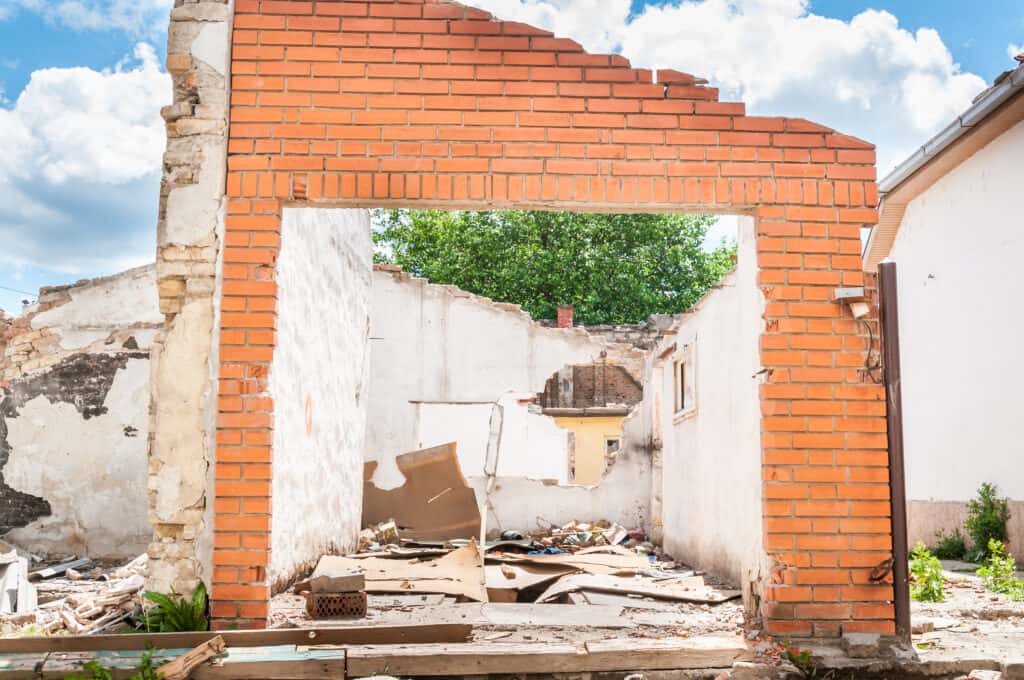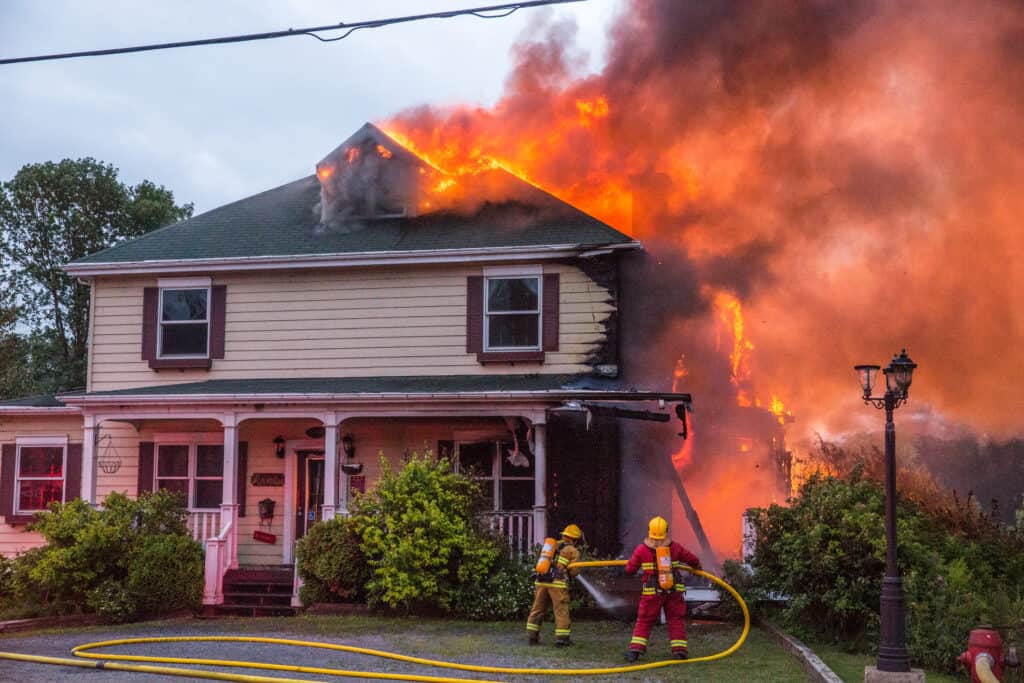I think it’s fair to say that in Britain we are a houseproud lot. Many a bank holiday weekend is spent with a paint roller and tub of filler in hand making our homes look immaculate. The thought of an electrician like myself coming in, causing damage, and undoing all that hard work is enough to make the average homeowner wake up at night in a cold sweat.
If you have a safety check booked in and you are anxiously worrying, does an electrical safety check cause damage to the house? then fear not as this quick post will put even the most ardent worrier’s mind at rest!

Does an Electrical Safety Check Cause Damage?
Carrying out an electrical safety check in the home does not cause any damage. An electrician is able to test all the circuits, including the cables buried in the walls, using a combination of visual inspection and test instrument results. Fear not, as no walls will be harmed during the testing process!
An important part of an electrical safety check is the visual inspection but getting eyes on the whole of the cable is rarely possible. Instead, various tests are carried out to an agreed sequence and the numbers returned by the test instrument indicate if the circuit is satisfactory or in need of repair.
I think it’s fair to say that few homeowners would be up for having their multiple electrical circuits checked if the electrician suddenly took a hammer to the wall to unearth the neatly buried cables. Fortunately, some clever engineers out there decide on the tests that should be carried out and the acceptable results which mean no damage needs to be caused in order to ascertain all is safe and well.
I should point out that although the vast majority of electrical safety checks go without a hitch there are occasions when mistakes happen which can cause damage to the home and/or to the electrical accessories connected. A mistake homeowners can sometimes see, is the electrician forgetting to plug the fridge or freezer back in after testing and the homeowner not realising until there is a puddle of water forming on the floor!
How Do Electricians Test Cables Hidden in the Wall?
Now we know that electricians don’t need to visually see the cables hidden in the walls and the fabric of the building, you may be wondering how they test them. Below is one of the tests written in as simple language as possible. The engineers out there may shout at me, but I’m just trying to get the point across!
The test for checking Insulation resistance (ie is the insulation between the cable cores ok and not breaking down) is a process that basically means firing 500v through the cable and seeing if there is any leakage between the cores. Whilst explained in that manner the test sounds crude, it is a surprisingly accurate way of figuring out if a cable has been damaged or is breaking down due to age.
There are other tests, but I don’t want to stray too far away from the point of this post, which is that although most of the electrical circuits within the home are buried out of sight they can easily be tested by qualified professional electricians with the right testing equipment and knowledge.

Do Mistakes Happen When Carrying Out an Electrical Safety Check Leading to Damage?
An electrical safety check should in no way cause damage to the electrical circuits or the home in general. However, like everything in life, there is a very slim possibility that errors can happen which could potentially result in damage, especially if we haven’t followed the preparation steps.
I mentioned the 500 volts test earlier and some astute readers may have wisely thought, ‘but the electric in our home is 240 volts – won’t 500 volts damage it?’
In short, the 500 volts will not damage the cable and is the guided way to test domestic circuits. However, these 500 volts will absolutely damage any sensitive equipment in the circuit. Before testing the electrician will remove all electrical appliances from the circuits such as TVs, Wifi Routers, lamps etc.
If an electrician were to forget to unplug a device and then carry out the test, there is a very real possibility that the 500 volts will damage the equipment in the home. Fortunately, there are two reasons why this very rarely happens.
- Qualified electricians are used to unplugging all equipment before testing as they know how severe the consequences are.
- There is an option to do the test at a lower voltage (250 volts) if sensitive equipment could be present in the circuit. Whilst not ideal, this option is sometimes used if the electrician cannot be certain that everything has been disconnected properly.
Final Thoughts
If you are concerned if an EICR causes damage to your house then you need not worry as the vast majority of electrical safety checks are carried out without a hitch and causing damage to the home is not part of the procedure.
Very occasionally mistakes can happen but these instances are rare, and by going around after the electrician has left to ensure that all fridges and freezers are plugged back in, the most common damage of a defrosted freezer is avoided. Getting an EICR done before buying a property can also be a wise idea.
